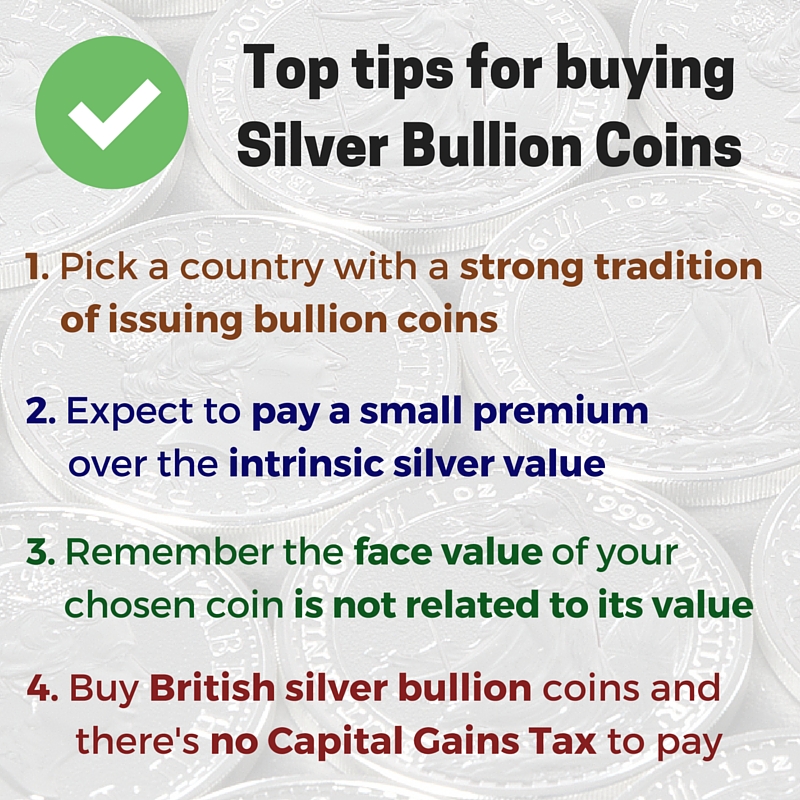Information
Your guide to buying a silver bullion coin
Bullion coins are some of the most sought-after coins in the world, often selling out and causing stock shortages at major national mints. So what do you get for your money? And why should you buy one?
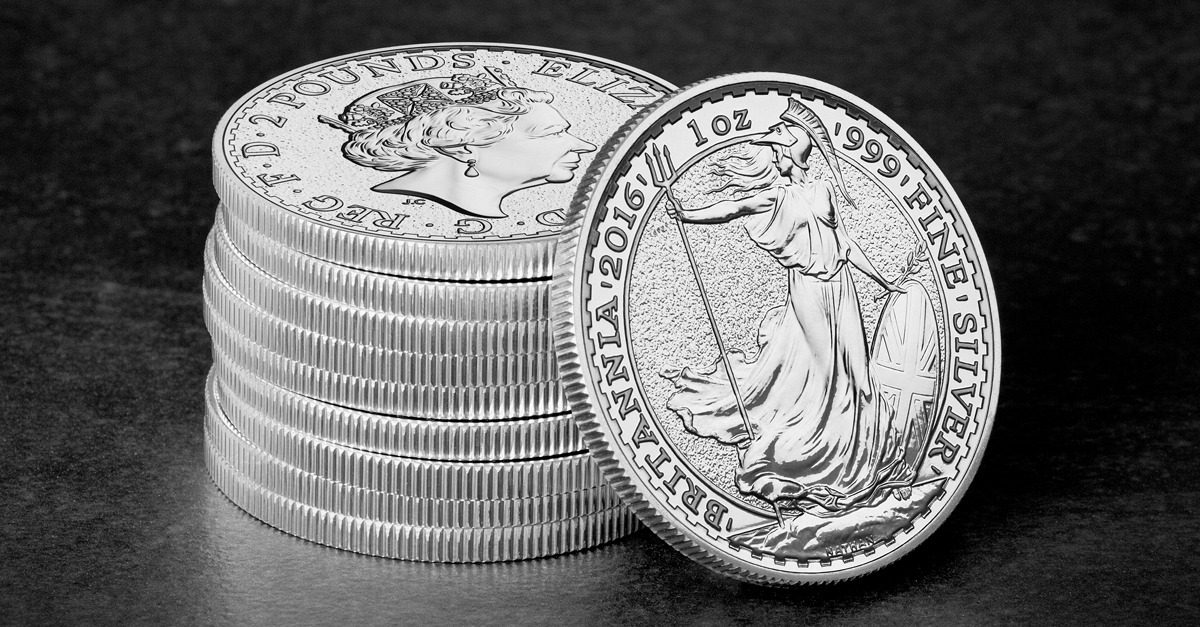
The 2016 Silver Britannia
Well the key reason most people purchase a bullion coin is the precious metal content. For example, the UK £2 Britannia coin contains an ounce of pure 999/1000 silver. Soon enough one coin turns into many and you can find yourself owning a sizeable amount of silver.
But these coins are not just lumps of metal. The silver Britannia is also a real piece of craftsmanship, with a beautifully evocative design struck with all the expertise of the Royal Mint.
Combine this craftsmanship with the silver content and you start to see just why this coin is so collectable.
But why is this any different from a silver bar, or a silver round?
UK bullion coins carry the authority and security of being a government issued coin. There is never any debate about their purity or integrity. In fact they are checked every year at a 734 year old ceremony called the Trial of the Pyx. You can buy one safely in the knowledge that you are getting what you pay for.
This also explains why bullion coins sometimes appear to have a ‘misleading’ face value. The Britannia is a £2 coin, but the silver content is worth much more than that. The truth is the face value is really there to legitimise the coin and prove that it is an official state-authorised issue.
And legal tender British bullion coins have a final bonus – they will never incur any Capital Gains Tax. This makes them the perfect way to pass down silver through the generations.
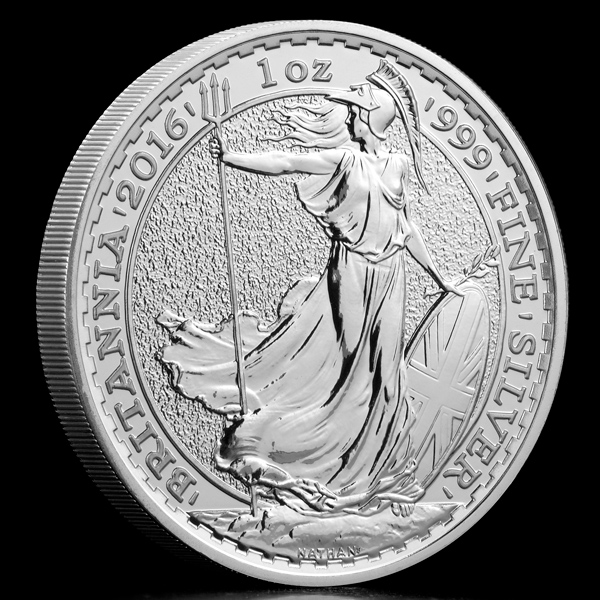
Phillip Nathan’s ‘Standing Britannia’ design
But you will have to pay VAT. And as with any struck coin, you will have to pay a small premium over the raw metal value to cover production costs. At the time of writing, raw silver is trading at around £10.50 an ounce, but you’d be hard pressed to find a way of buying a single ounce at that price.
Bullion coins facilitate an easy entry into the world of owning silver and coins. They are not about face value or edition limit, but you can still have the satisfaction of securing a collection of genuine, bona fide UK coins – at as close to the raw silver price as you are likely to get.
Top Tips for buying silver bullion coins:
- Pick a country with a strong tradition of issuing bullion coins
- Expect to pay a small premium over the intrinsic silver value
- Remember the face value of your chosen coin is not related to its value
- Buy British silver bullion coins and there’s no Capital Gains Tax to pay
The history of the British crown coin…
Today crown coins are usually issued to mark special occasions of national importance and are intended to be commemoratives rather than ordinary circulation coins. But they have seen some significant changes over the decades...
The British crown first appeared during the reign of Henry VIII and was struck from gold. Issued in 1544, the ‘Double rose’ as it came to be known had a twin rose deign topped with a large crown on the obverse.
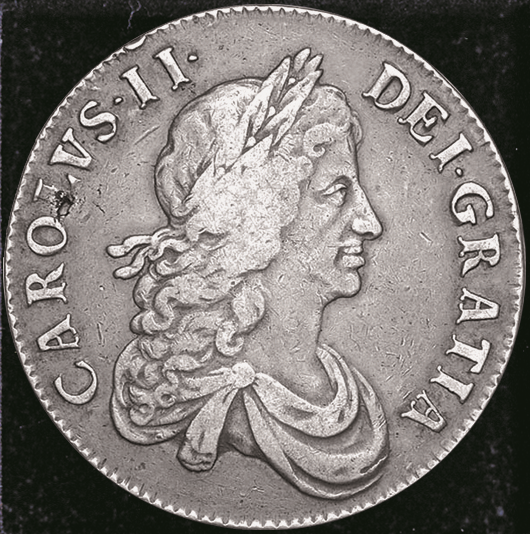
Charles II Crown
Crown coins weren’t struck regularly from silver until 1662 under Charles II – which is when all the previous denominations of gold coins were replaced by milled guineas.
Silver crown coins enter circulation…
The crown issued for circulation that year marked the end of hammered coins as the Royal Mint transferred to mill striking permanently after centuries of working by hand.
At this point the crown started to look more familiar, and it has remained roughly the same size (almost 30mm in diameter) to the present day.
The coins’ generous dimensions leant it an air of importance, and crowns were usually struck in a new monarch’s coronation year. This was true of every monarch since King George IV up until the present monarch in 1953, with the single exception of King George V.
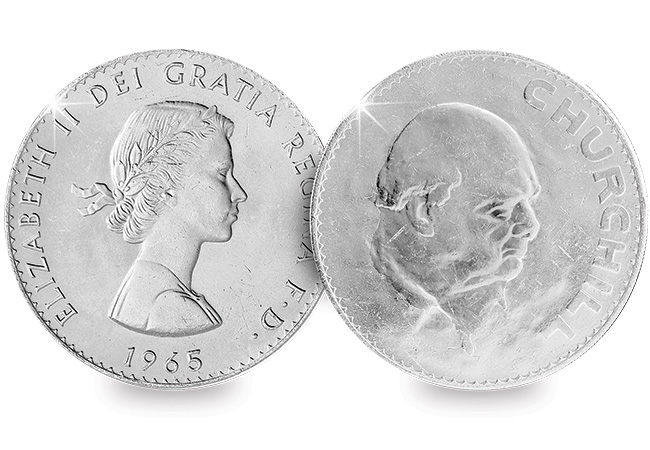
The 1965 Churchill Memorial Crown – the first crown coin to feature a non-monarch
With its large size, many of the later coins were primarily commemoratives. The 1965 issue carried the image of Winston Churchill on the reverse, the first time a non-monarch or commoner was ever placed on a British coin, and marked his death.
Decimalisation arrives…
Traditionally crowns had a face value of five shillings, but after decimalisation on 15th February 1971 the crown became the 25p coin – one of the UK’s most unusual denominations.
The 25p pieces were issued to commemorate significant events, with one of the earliest issues being the Silver Wedding Anniversary of Queen Elizabeth II and Prince Phillip in 1972.
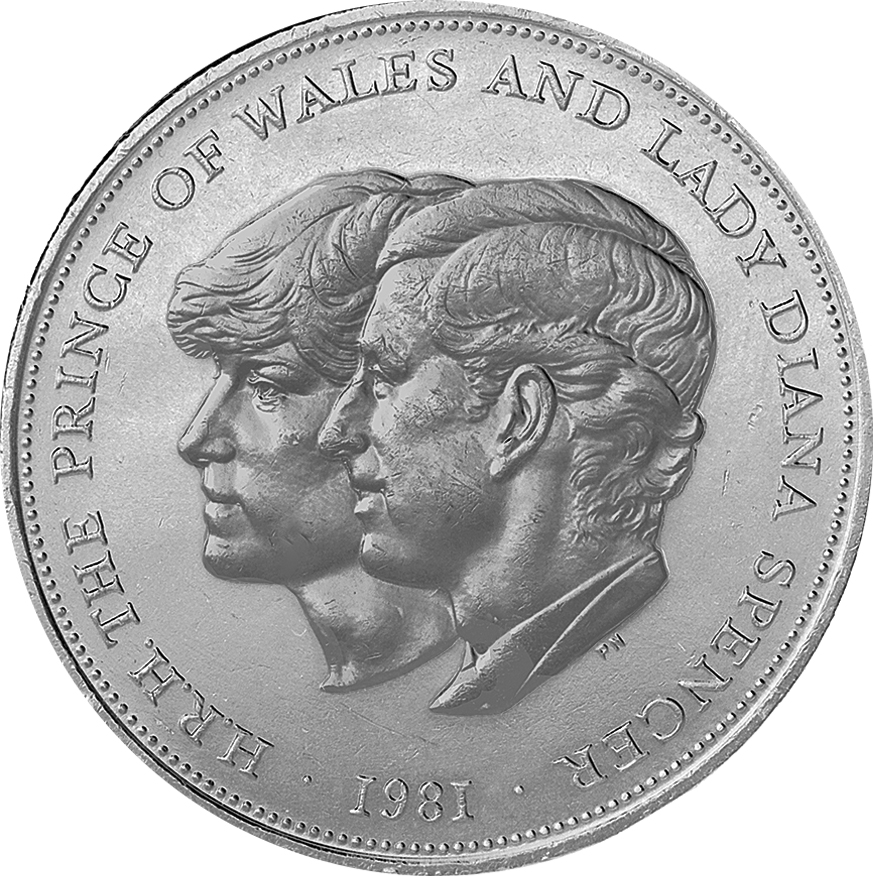
1981 Charles and Diana Wedding Crown
In 1980 an issue was authorised for the 80th birthday of Queen Elizabeth The Queen Mother; and, in 1981, the coin was issued to celebrate the marriage of Charles, Prince of Wales and Lady Diana Spencer. All of these issues were struck in large mintages, in plastic cases, and in cupro-nickel. However, in addition to this, limited numbers of collectors’ coins of these modern issues were struck to proof quality separately by the Royal Mint in sterling silver.
Legal tender changes from 25p to £5…
The legal tender value of the crown remained as 25p until 1990 when their face value was increased to £5 in view of its relatively large size compared to other coins.
Since the value increased to £5 in 1990 it quickly became recognised as the nation’s flagship commemorative coin and remained possible to buy these coins through banks and post offices (as well as the Royal Mint, The Westminster Collection and other distributors) in circulating quality right up until 2009.
Farewell to the face value £5 coin…
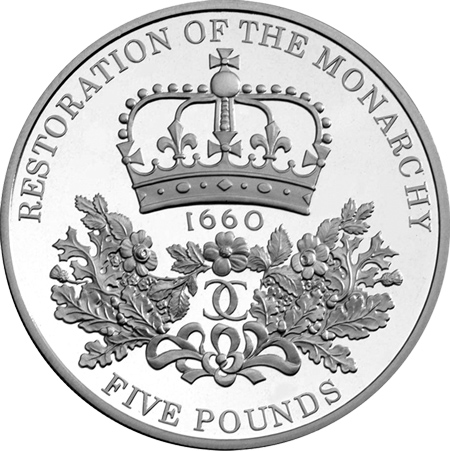
The last ever £5 for £5 crown coin – 2010 The Restoration of the Monarchy
£5 coins continued to be available for a couple more years at face value in brilliant uncirculated quality. But sadly, today the Royal Mint only releases £5 coins in presentation packs selling for £13.
The British crown has undoubtedly seen many changes throughout the years, from metals, size and denomination – it certainly is a coin with an interesting history.
What’s been the most significant change for you? Leave a comment below.
Sign the petition to bring back the £5 for £5 by clicking here

Discover how you can be one of just 1,000 collectors able to own the new 2016 UK Queen’s 90th Birthday £5 for £5 – click here.
National UK £5 Coin Ballot Announced
A national ballot has just been announced to enable 1,000 lucky collectors the chance to own the Queen’s 90th Birthday £5 Coin for its face value.

The 2016 Queen’s 90th Birthday £5 Coin
The Royal Mint stopped making the nation’s flagship £5 coins available for its face value in 2012. However, the new ballot means that the British public once again has the chance to own the new UK £5 coin for £5.
The History of the £5 Coin
Traditionally, major British events were celebrated with commemorative crowns, which had a face value of 25p, or 5 shillings prior to decimalisation in February 1971. But in 1990 the face value was increased to £5 to give the coin a value consistent with its weight and size.
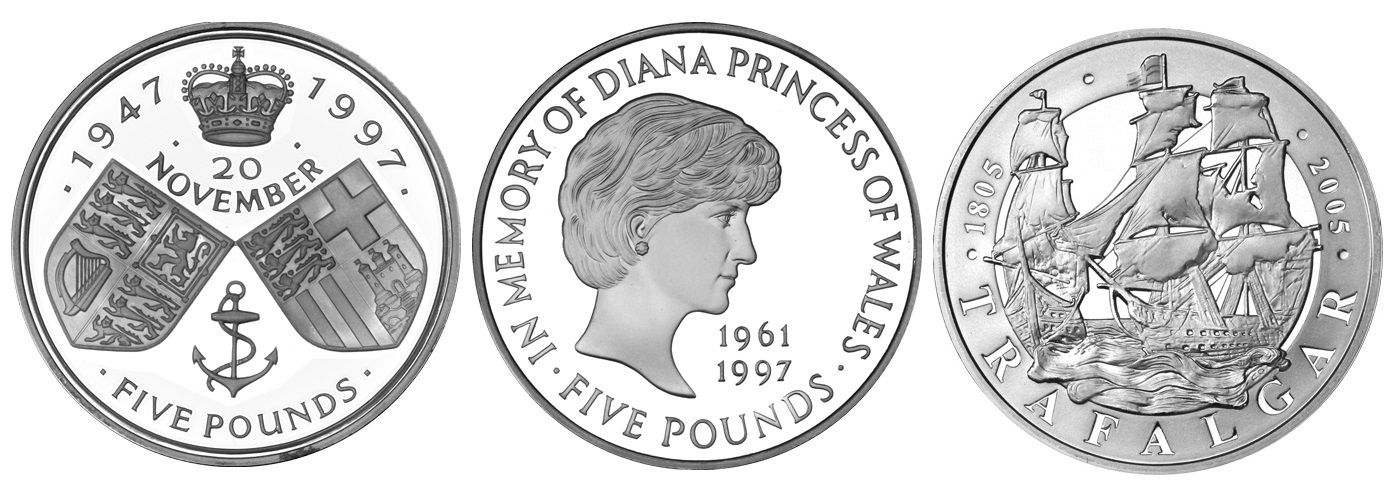
£5 coins are the flagship coins of the UK and are used to commemorate some of our most important royal events and anniversaries.
The first ever £5 Crown Coin was The Queen Mother’s 90th Birthday Crown Coin, with other popular issues include The Queen and Prince Philip’s 50th Golden Wedding in 1997, The Diana Princess of Wales Memorial Crown in 1999, and the 200th anniversary of the Battle of Trafalgar in 2005.
Commenting on the launch of the ballot, The Westminster Collection Chairman, Stephen Allen said: “I’m delighted to finally be able to offer at least some UK collectors the chance to own the UK £5 coin for its face value”
The ballot opens at 10am on Friday 15th January and will close at 5pm on 29th February.
The ONLY way to own Britain’s new UK £5 for £5
Click here to find out how you can own the 2016 UK 90th Birthday £5 for it’s face value.

